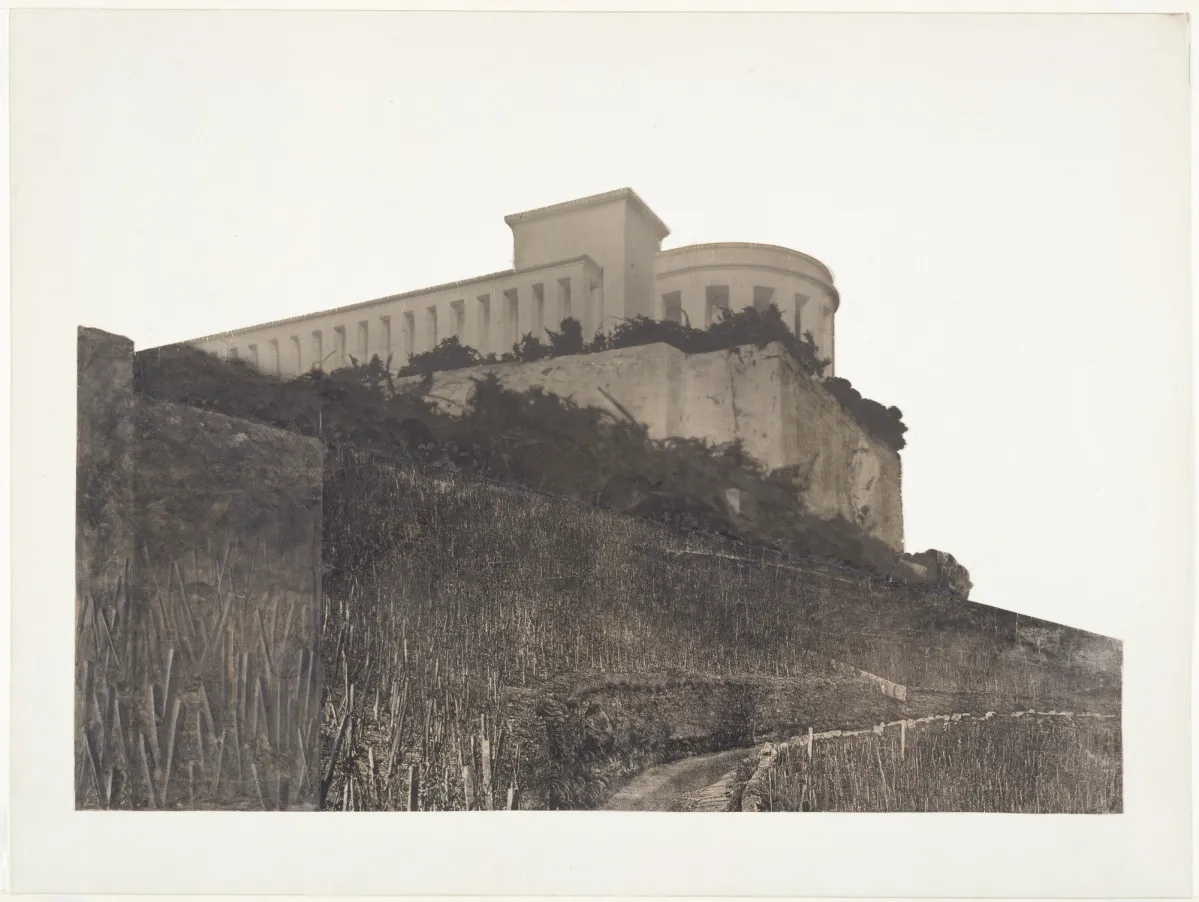Bismarck Monument
Introduction
The competition for a monument, in memory of the great German politician Otto von Bismarck, was opened on the occasion of the centenary of his birth to be held in 1915. The planned location was in the Rhine valley of Bingen. To participate in the contest, Mies asked for a leave of a few months from Peter Behrens, who he then worked for, and returned to Aachen to prepare the project. His brother, Ewald, was a sculptor and provided the art in the Monument Bismarck.
The contest had many participants, but the project was awarded to the German architect and sculptor Hermann Bestelmeyer Hahn, accredited two artists of the time, in a controversial decision. The draft of the Mies brothers won a special mention, but was not rewarded.
The jury, composed of eminent personalities like Max Dessoir, Walter Rathenay or Hermann Muthesius praised the project, but considered it technically unfeasible due to the huge base that would stand on a very steep terrain in the direction of the river valley.
Concept
The Mies project design consisted of two wings with colonnades that ended in large rectangular blocks linking the composition with the location. Among the blocks would be a statue of Bismarck surrounded by a semicircular colonnade. The austere and classic style of the project revealed the influence of Schinkel and Behrens, and at the same time recalls the monumental work of Alfred Messel.



